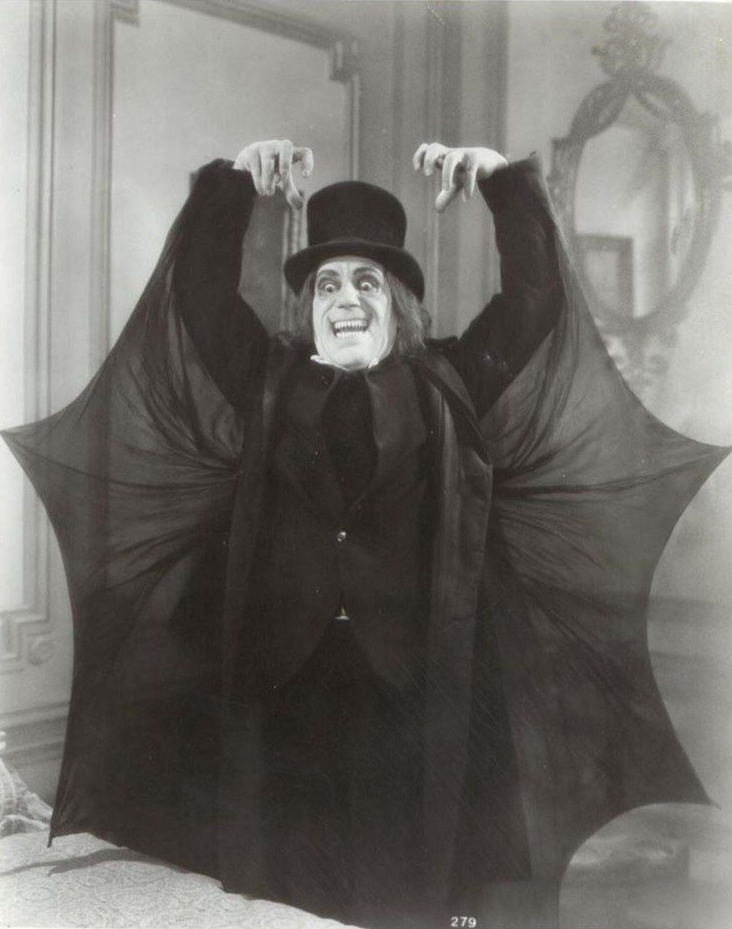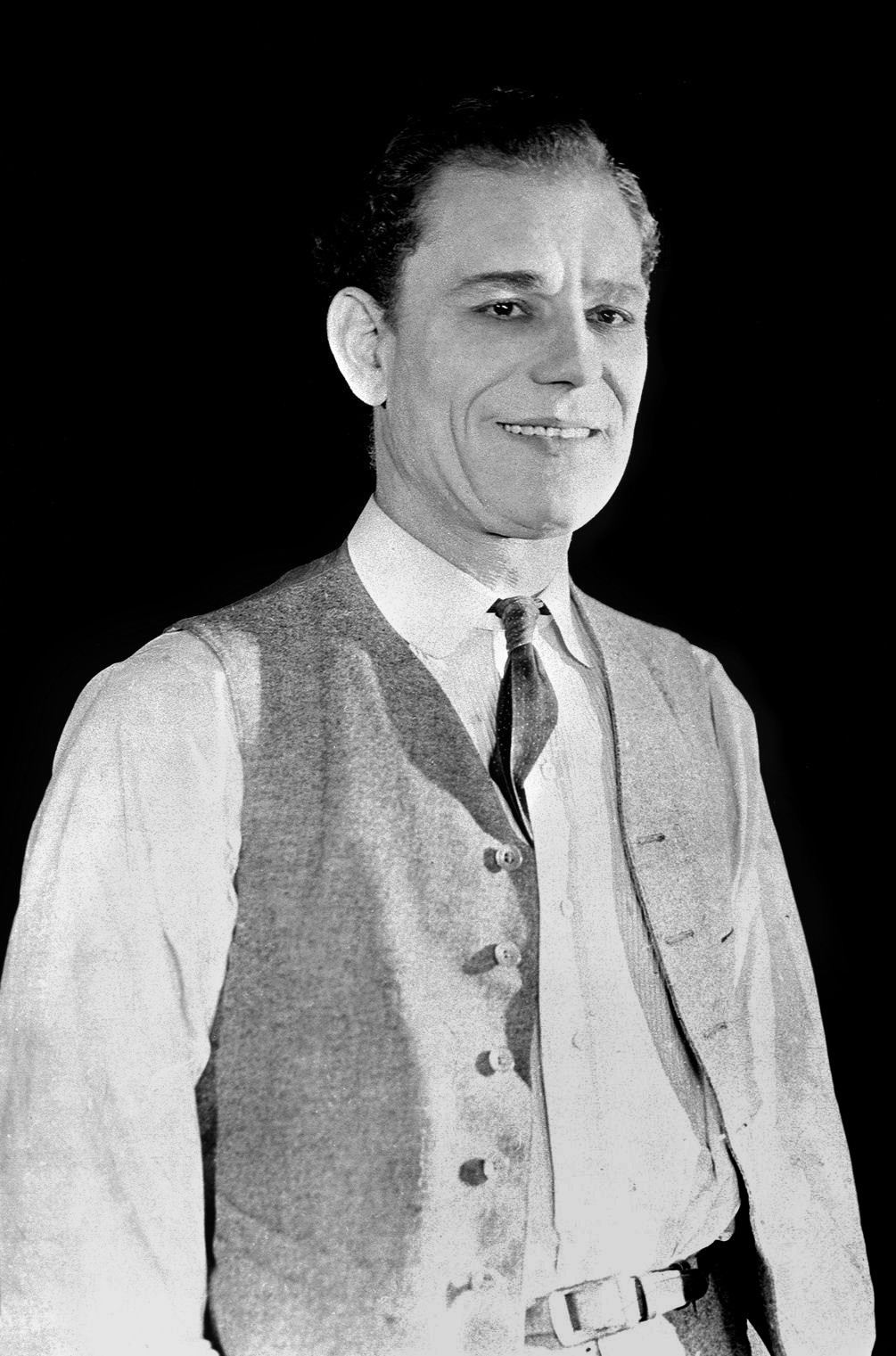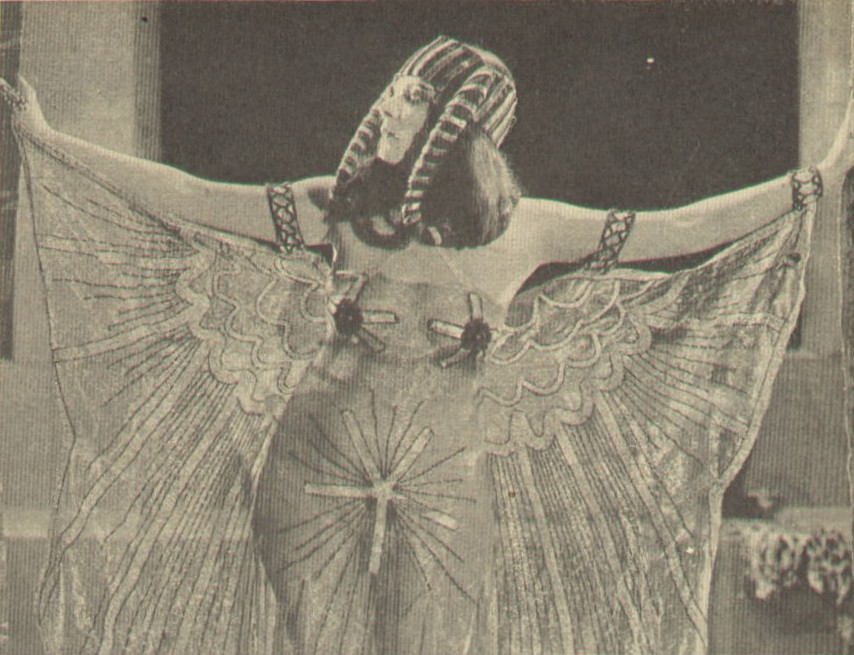|
The Right To Be Happy
The Right to Be Happy is a 1916 American silent Christmas fantasy film directed by Rupert Julian. The film is based on the 1843 novella ''A Christmas Carol'' by Charles Dickens. The movie stars Rupert Julian as Ebenezer Scrooge and Claire McDowell as Mrs. Cratchit. The Bluebird photoplay was produced by Universal and released on December 25, 1916. __TOC__ Plot The film is a retelling of Charles Dickens' ''A Christmas Carol'', recounting the story of Ebenezer Scrooge, played by Rupert Julian. Scrooge is an elderly miser and curmudgeon. Alone in his room on Christmas Eve, he is visited by the ghost of his former business partner Jacob Marley portrayed by Harry Carter. Marley’s ghost tells Scrooge three spirits will visit him over the next three nights. Scrooge's first visit is by the Ghost of Christmas Past played by Wadsworth Harris. The Ghost shows Scrooge's development from a young boy to a young man. He sees how he started to become a miser. Then, the Ghost of Christmas ... [...More Info...] [...Related Items...] OR: [Wikipedia] [Google] [Baidu] |
Rupert Julian
Rupert Julian (born Thomas Percival Hayes; 25 January 1879 – 27 December 1943) was a New Zealand cinema actor, director, writer and producer. During his career, Julian directed 60 films and acted in over 90 films. He is best remembered for directing Lon Chaney, Sr., Lon Chaney in The Phantom of the Opera (1925 film), ''The Phantom of the Opera'' (1925). He also directed ''The Cat Creeps (1930 film), The Cat Creeps'' (1930), a sound remake of ''The Cat and the Canary (1927 film), The Cat and the Canary'' (1927), which is now considered a lost film, with only two minutes of footage remaining in the 1932 Universal comedy short film ''Boo! (1932 film), Boo!''. Early years Julian was born Thomas Percival Hayes in Whangaroa, New Zealand, son of John Daly Hayes (Jr) and Eliza Harriet Hayes. His father was a rancher who raised cattle and sheep. Julian's parents had him educated in preparation for becoming a Roman Catholic priest, but he went his own way. He volunteered to serve in th ... [...More Info...] [...Related Items...] OR: [Wikipedia] [Google] [Baidu] |
Wadsworth Harris
Wadsworth Harris (October 9, 1864 – November 1, 1942) was an American actor of the silent era. He appeared in more than 40 films between 1911 and 1936. He was born in Boston, Massachusetts and died in Los Angeles, California from pneumonia Pneumonia is an inflammatory condition of the lung primarily affecting the small air sacs known as alveoli. Symptoms typically include some combination of productive or dry cough, chest pain, fever, and difficulty breathing. The severity .... Filmography External links * 1864 births 1942 deaths American male film actors American male silent film actors Male actors from Boston Deaths from pneumonia in California 20th-century American male actors {{US-film-actor-1860s-stub ... [...More Info...] [...Related Items...] OR: [Wikipedia] [Google] [Baidu] |
1916 Films
The year 1916 in film involved some significant events. __TOC__ Events * Charlie Chaplin signs for Mutual Film for a salary of $10,000 a week and a signing on fee of $150,000, making him one of the highest-paid people in the United States. * June 24 – Mary Pickford signs a contract for $10,000 a week plus profit participation, guaranteeing her over $1 million per year. * July 19 – Famous Players-Lasky is formed through a merger of Adolph Zukor's Famous Players Film Company and Jesse L. Lasky's Feature Play Company. Later in the year, they acquire distributor Paramount Pictures. * August 10 – The official British documentary propaganda film ''The Battle of the Somme'' is premièred in London. In the first six weeks of general release (from 20 August) 20 million people view it. * September 5 – Release of D. W. Griffith's epic film '' Intolerance: Love's Struggle Through the Ages'', starring Lillian Gish (as "The Eternal Motherhood") and Constance Talmadge (in two ro ... [...More Info...] [...Related Items...] OR: [Wikipedia] [Google] [Baidu] |
Lost Film
A lost film is a feature or short film that no longer exists in any studio archive, private collection, public archive or the U.S. Library of Congress. Conditions During most of the 20th century, U.S. copyright law required at least one copy of every American film to be deposited at the Library of Congress at the time of copyright registration, but the Librarian of Congress was not required to retain those copies: "Under the provisions of the act of March 4, 1909, authority is granted for the return to the claimant of copyright of such copyright deposits as are not required by the Library." A report created by Library of Congress film historian and archivist David Pierce claims: * 75% of original silent-era films have perished. * 14% of the 10,919 silent films released by major studios exist in their original 35 mm or other formats. * 11% survive only in full-length foreign versions or film formats of lesser image quality. Of the American sound films made from 1927 to 1 ... [...More Info...] [...Related Items...] OR: [Wikipedia] [Google] [Baidu] |
List Of Lost Films
For this list of lost films, a lost film is defined as one of which no part of a print is known to have survived. For films in which any portion of the footage remains (including trailers), see List of incomplete or partially lost films. Reasons for loss Films may go missing for a number of reasons. One major contributing factor is the common use of nitrate film until the early 1950s. This type of film is highly flammable, and there have been several devastating fires, such as the Universal Pictures fire in 1924, the 1937 Fox vault fire and the 1965 MGM vault fire. Black-and-white film prints judged to be otherwise worthless were sometimes incinerated to salvage the meager scrap value of the silver image particles in their emulsions. Films have disappeared when production companies went bankrupt. Occasionally, a studio would remake a film and destroy the earlier version. Silent films in particular were once seen as having no further commercial value and were simply junked ... [...More Info...] [...Related Items...] OR: [Wikipedia] [Google] [Baidu] |
Adaptations Of A Christmas Carol
'' A Christmas Carol'', the popular 1843 novella by Charles Dickens (1812–1870), is one of the British author's best-known works. It is the story of Ebenezer Scrooge, a greedy miser who hates Christmas, but is transformed into a caring, kindly person through the visitations of four ghosts (Jacob Marley and the ghosts of Christmas past, present, and future). The classic work has been dramatised and adapted countless times for virtually every medium and performance genre, and new versions appear regularly. Public readings The novel was the subject of Dickens' first public reading, given in Birmingham Town Hall to the Industrial and Literary Institute on 27 December 1853. This was repeated three days later to an audience of 'working people', and was a great success by his own account and that of newspapers of the time. Over the years, Dickens edited and adapted the piece for a listening, rather than reading, audience. Dickens continued to give public readings of ''A Christma ... [...More Info...] [...Related Items...] OR: [Wikipedia] [Google] [Baidu] |
Lost Film
A lost film is a feature or short film that no longer exists in any studio archive, private collection, public archive or the U.S. Library of Congress. Conditions During most of the 20th century, U.S. copyright law required at least one copy of every American film to be deposited at the Library of Congress at the time of copyright registration, but the Librarian of Congress was not required to retain those copies: "Under the provisions of the act of March 4, 1909, authority is granted for the return to the claimant of copyright of such copyright deposits as are not required by the Library." A report created by Library of Congress film historian and archivist David Pierce claims: * 75% of original silent-era films have perished. * 14% of the 10,919 silent films released by major studios exist in their original 35 mm or other formats. * 11% survive only in full-length foreign versions or film formats of lesser image quality. Of the American sound films made from 1927 to 1 ... [...More Info...] [...Related Items...] OR: [Wikipedia] [Google] [Baidu] |
Library Of Congress
The Library of Congress (LOC) is the research library that officially serves the United States Congress and is the ''de facto'' national library of the United States. It is the oldest federal cultural institution in the country. The library is housed in three buildings on Capitol Hill in Washington, D.C.; it also maintains a conservation center in Culpeper, Virginia. The library's functions are overseen by the Librarian of Congress, and its buildings are maintained by the Architect of the Capitol. The Library of Congress is one of the largest libraries in the world. Its "collections are universal, not limited by subject, format, or national boundary, and include research materials from all parts of the world and in more than 470 languages." Congress moved to Washington, D.C., in 1800 after holding sessions for eleven years in the temporary national capitals in New York City and Philadelphia. In both cities, members of the U.S. Congress had access to the sizable collection ... [...More Info...] [...Related Items...] OR: [Wikipedia] [Google] [Baidu] |
Roberta Wilson
Roberta Wilson (1896-1977) was an American actress who appeared in several silent films. She had three sisters, and all the young women would eventually act in films. Roberta and her older sister Lois Wilson were born in Pittsburgh, Pennsylvania, while her two youngest sisters were born in Chicago, Illinois. In 1907, when Roberta was 11, the entire household moved to Birmingham, Alabama. Roberta and Lois would always regard Alabama as their home. Lois Wilson, the oldest of the girls, would end up experiencing the longest career in films, including both silent and sound pictures. In 1915, Roberta was coaxed into acting by her older sister. After making several uncredited appearances, her career blossomed in 1916. By the end of 1916, she was receiving top billing, and the movie colony glitterati affectionately called her "Bobby." Her star was rising, and 1916 would become the most productive year of her entire movie career. During this time, Roberta and Lois became known as the " ... [...More Info...] [...Related Items...] OR: [Wikipedia] [Google] [Baidu] |
Lydia Yeamans Titus
Lydia Yeamans Titus (12 December 1857 – 30 December 1929) was an Australian-born American singer, dancer, comedienne, and actress who had a lengthy career in vaudeville and cinema. She was remembered on stage for her ''Baby-Talk'' act and a popular rendition of the English ballad, ''Sally in Our Alley''. In appreciation, King Edward VII once presented Titus a gold bar pin with the opening notes of ''Sally in Our Alley'' etched in diamonds. In later life Titus became a pioneer in the medium of film appearing in at least 132 motion pictures between 1911 and 1930. Early life Lydia Yeamans was born off the coast of south eastern Australia during a voyage from Sydney to Melbourne. Her parents were Edward "Ned" Yeamans (died c. 1866), an American circus clown and comedian from New York, and Annie Griffiths (10 November 1835 – 3 March 1912), a British-born Australian circus equestrienne. Her parents married not long after Griffiths, then seventeen or eighteen, joined the Rowe ... [...More Info...] [...Related Items...] OR: [Wikipedia] [Google] [Baidu] |
Francelia Billington
Francelia Billington (February 1, 1895 – November 24, 1934) was an early American silent-screen actress, and an accomplished camera operator. Early life On February 1, 1895, Billington was born in Dallas, Texas, the daughter of James Billington and his wife, Adelaide Bueter. At age 10, she moved to Los Angeles, where she attended Sacred Heart Convent. Career She began working in films for the Kalem Company's West Coast studio in 1912, before moving to Reliance-Majestic Studios the following year and continued starring in films under its banner when D.W. Griffith became the studio's director-general. Billington made ''The Half Breed'' with Jack Pickford in 1913. The production was filmed at the Majestic Studio on Boyle Heights. Billington left Majestic in 1915, and following her association with the Palo Alto Film Corporation, where she worked with Nell Shipman, one of the most remarkable figures in film history on the uncompleted film ''Wanda of the Red Street'', joined Un ... [...More Info...] [...Related Items...] OR: [Wikipedia] [Google] [Baidu] |
Emory Johnson
Alfred Emory Johnson (March 16, 1894 – April 18, 1960) was an American actor, director, producer, and writer. As a teenager, he started acting in silent films. Early in his career, Carl Laemmle chose Emory to become a Universal studio leading man. He also became part of one of the early Hollywood celebrity marriages when he wed Ella Hall. In 1922, Emory acted and directed his first feature film – ''In the Name of the Law (1922 film), In the Name of The Law''. He would continue to direct more feature films until the decade's end. By the early 1930s, his Hollywood career had faded, and Johnson became a portrait photographer. In 1960, he died from burns sustained in a fire. Early years Emory Johnson was the son of Swedish parents. His father, Alfred Jönsson (later anglicized to Johnson), was born in Veinge, Halland, Sweden on February 7, 1864. Emory's mother was born Emilie Matilda Jönsdotter in Västra Götaland County, Gothenburg, Västra Götaland, Sweden on June 3, 1867. ... [...More Info...] [...Related Items...] OR: [Wikipedia] [Google] [Baidu] |
.jpg)







